
Los Angeles is a city of contrasts and contradictions, where the curving lines of the golden coast, its palm tree-dotted boulevards, challenge the harshness of the Hollywood hiking trails, and the spotless stucco townhouses of Bel Air starkly contrast the cavernous corporate alleys of Downtown. Like an iridescent kaleidoscope where the tiles change shape at each turn, Los Angeles is the vibrant, fickle sum of its very different parts – capricious, wild, indulgent, sad, roaring, sweet, complex.
A postwar Los Angeles of “extremes and dualities” is portrayed in the new photobook Both Sides of Sunset: Photographing Los Angeles (a spinoff of Looking at Los Angeles, both published by Metropolis Books). The pictures in this collection were captured by the lenses of more than 125 master photographers – Bruce Davidson, Elliott Erwitt, Jim Goldberg, Daido Moriyama to name a few – whose photographs present a “collective portrait of the city,” as Jane Brown and Marla Hamburg Kennedy, who edited the book, explain.
“Los Angeles was not as developed as it is now, there was no Downtown really,” says Jim Goldberg, referring to the mid-1980s and 90s, years when he worked on the ten-year multimedia project Raised by Wolves. “Hollywood is where kids flocked, where they could be part of the music scene and where there were drugs readily available.”
Goldberg’s portrait of the harsh reality of addiction and abuse among runaway adolescents shows a side of Los Angeles as vivid as the liberating energy of krumping dance, captured by Bruce Gilden’s lens. Los Angeles is in the irony of Elliott Erwitt’s eye as well as in the civil commitment of antiwar rallies’ captured by Charles Brittin.
Los Angeles is fiction within reality, as in Kevin Cooley’s photograph from the long-term series Night for Night: “Found scenes are brought to life at night by light escaping from movie filming locations illuminating scenes far beyond the set’s edge,” Cooley explains. “This bright and unnatural illumination provided an eerie highlighting of the everyday, giving them an acute sense of importance. This project brought together two of my interests: the overlap of public and private spheres, and collision of natural and artificial light.”
The very idea of contrast itself is brought to the fore in David Maisel’s Oblivion 10n, a shot from a series of aerial photographs of the metropolis and its environs. “I’ve reversed the tonalities, resulting in a negative version of the city, a kind of emptied out shadowland. Themes of development as a self-generating, self-replicating force that exists outside of nature are encoded in these images, which view Los Angeles as both a specific site and as a more generalized condition.”
Angeleno photographer Dan Lopez views photography as a “hunt for hidden treasure,” and his hometown – which at turns reveals and hides its essence, is full of such riches: “L.A.’s horizontal layout perfectly resembles a virtually endless and ever-changing treasure map of transient landscapes and urban decay.”
Taken together, these many angles on Los Angeles reflect the city’s complex identity and all of its gleaming facets.
Both Sides of Sunset: Photographing Los Angeles is published by Metropolis Books, 2015.
Michelle Molloy, who edited this gallery, is a senior international photo editor at TIME.
Lucia De Stefani is a writer and contributor to TIME LigthBox. Follow her on Twitter and Instagram.
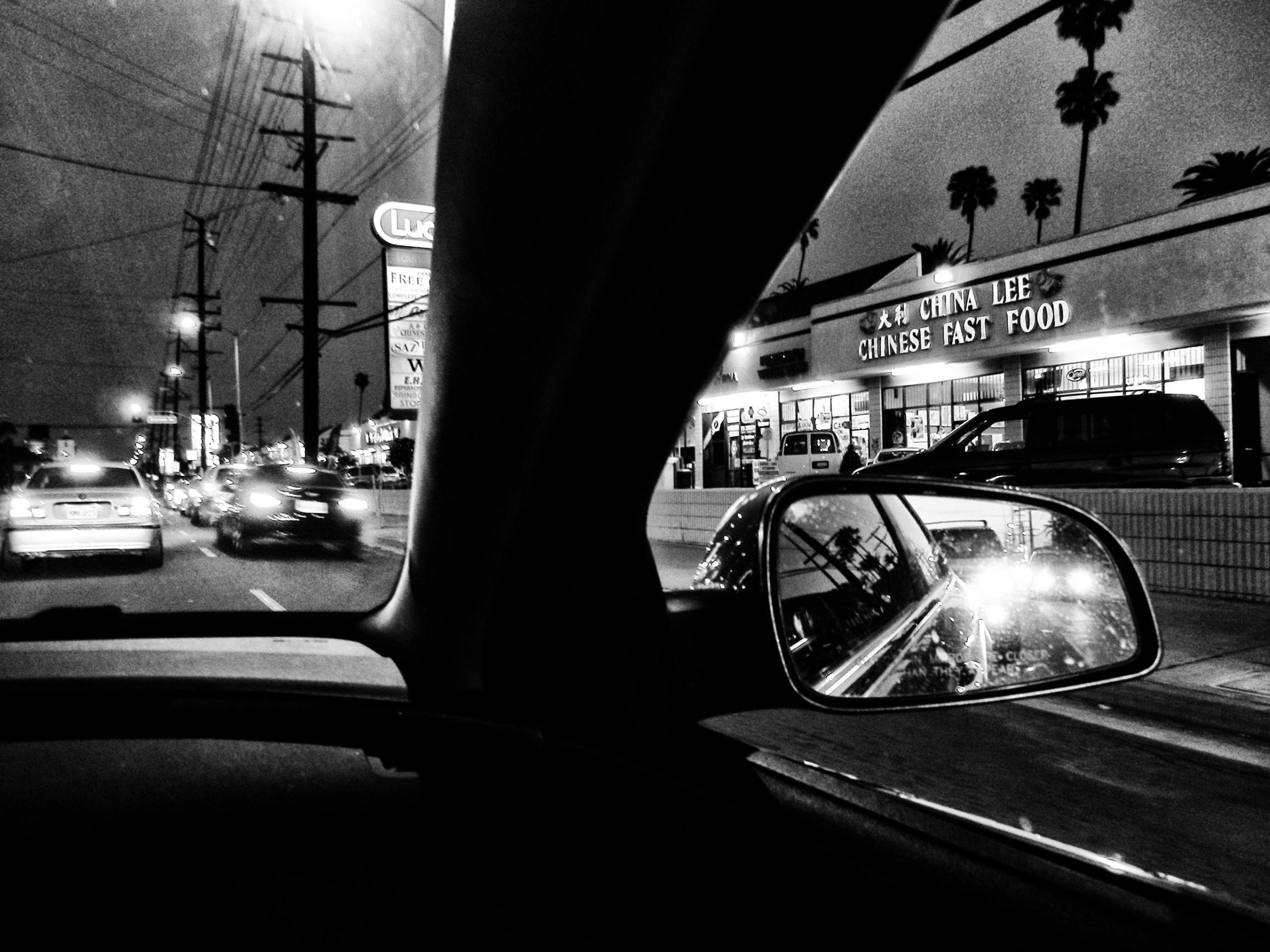
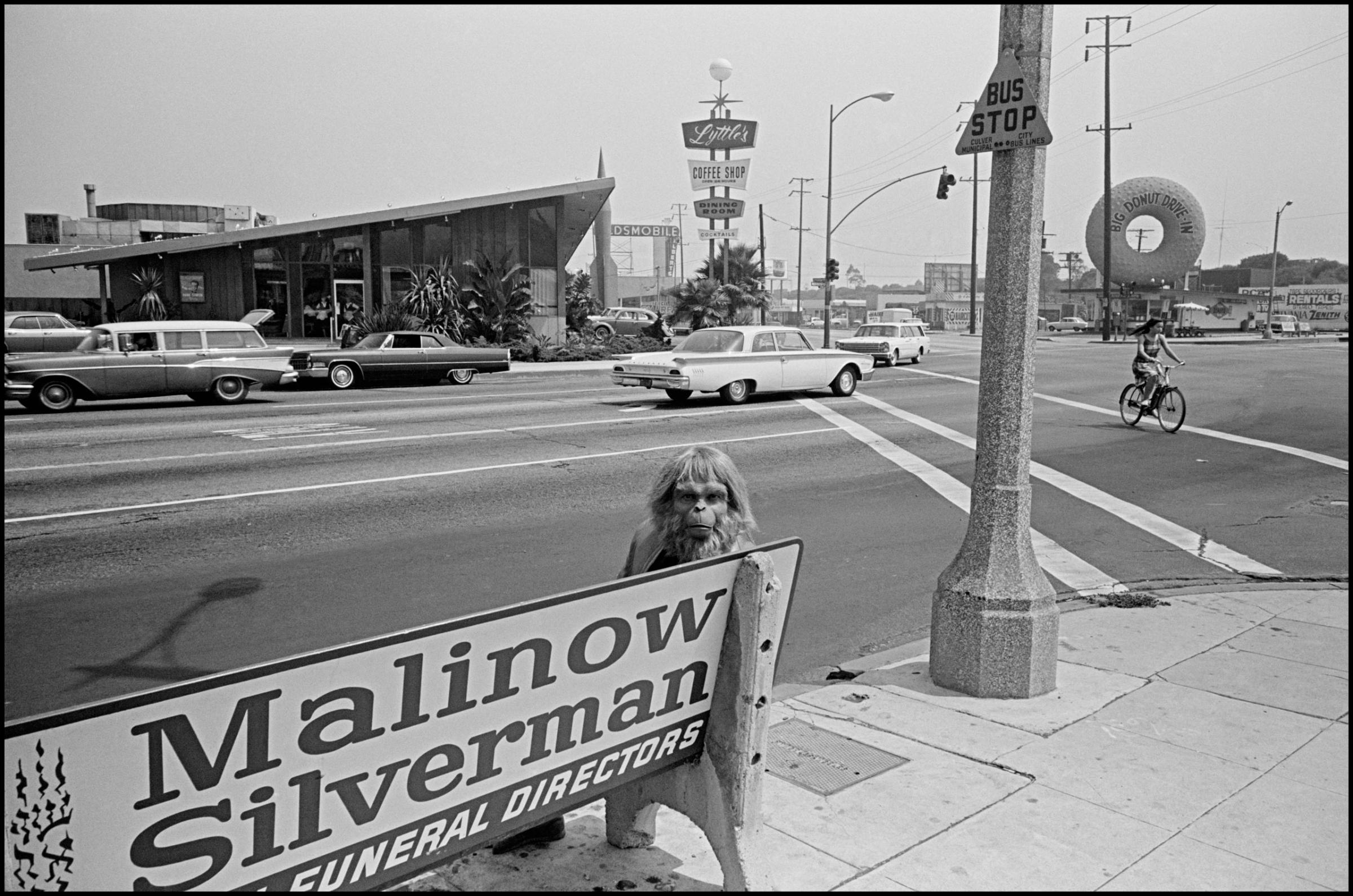

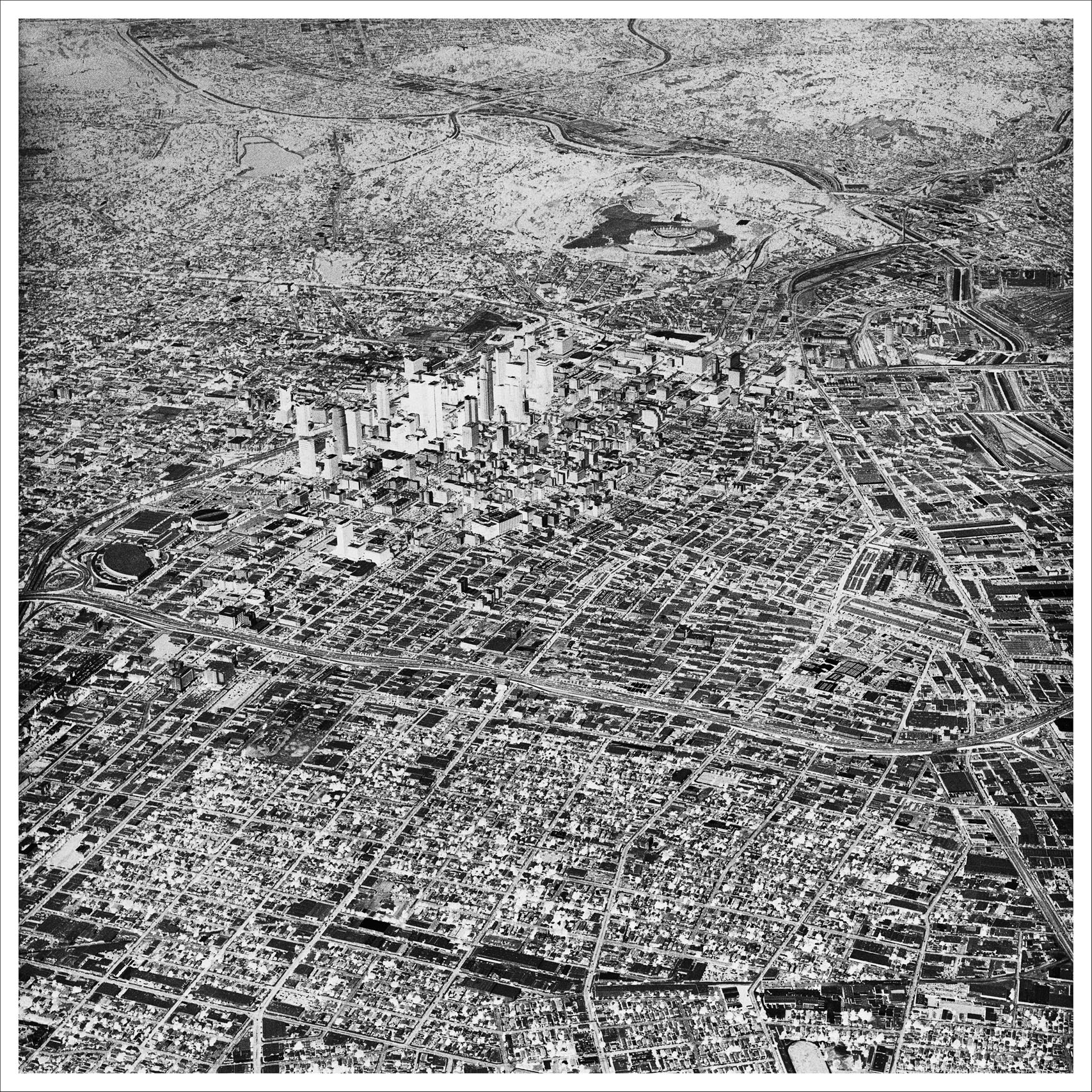
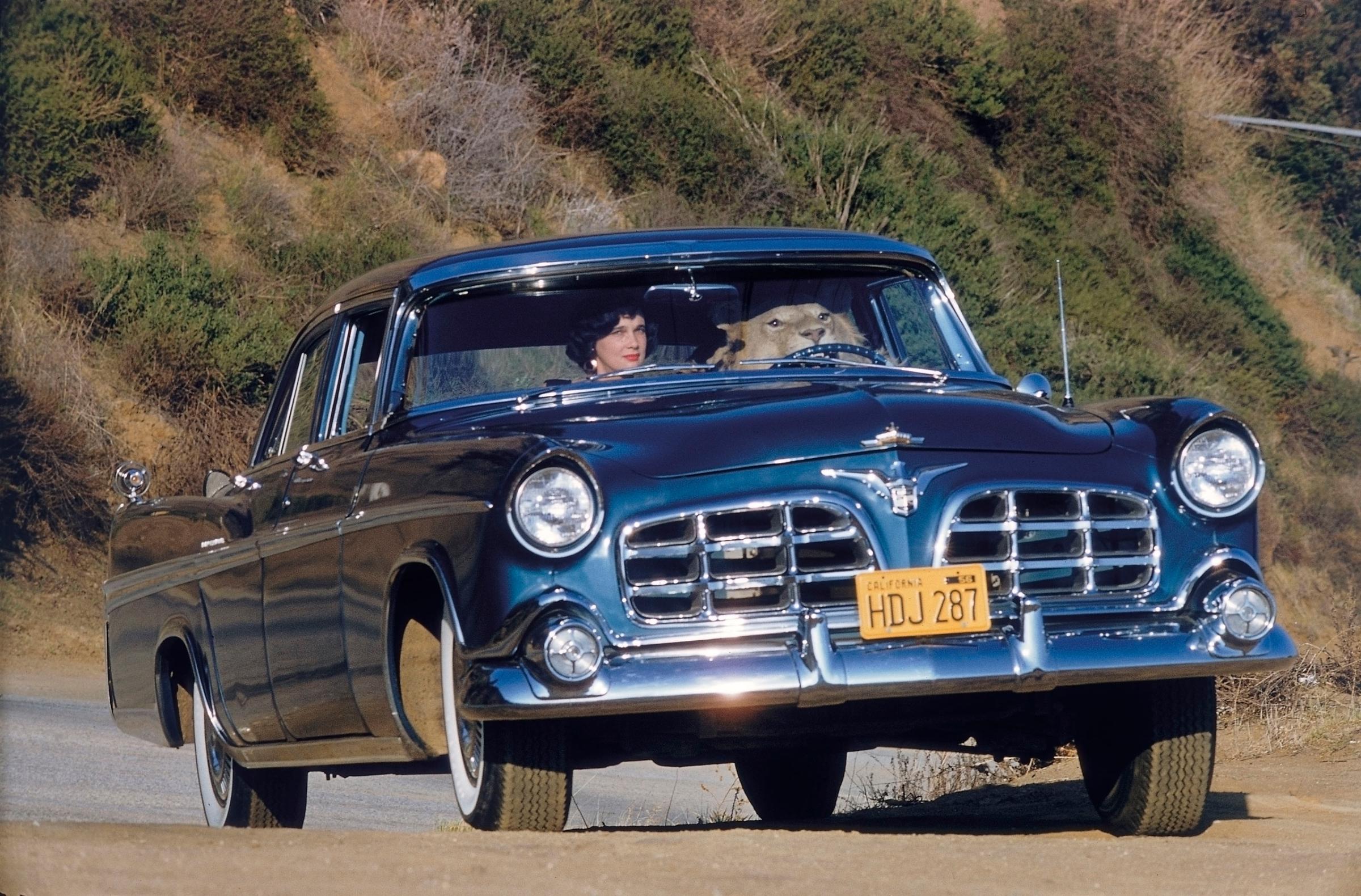
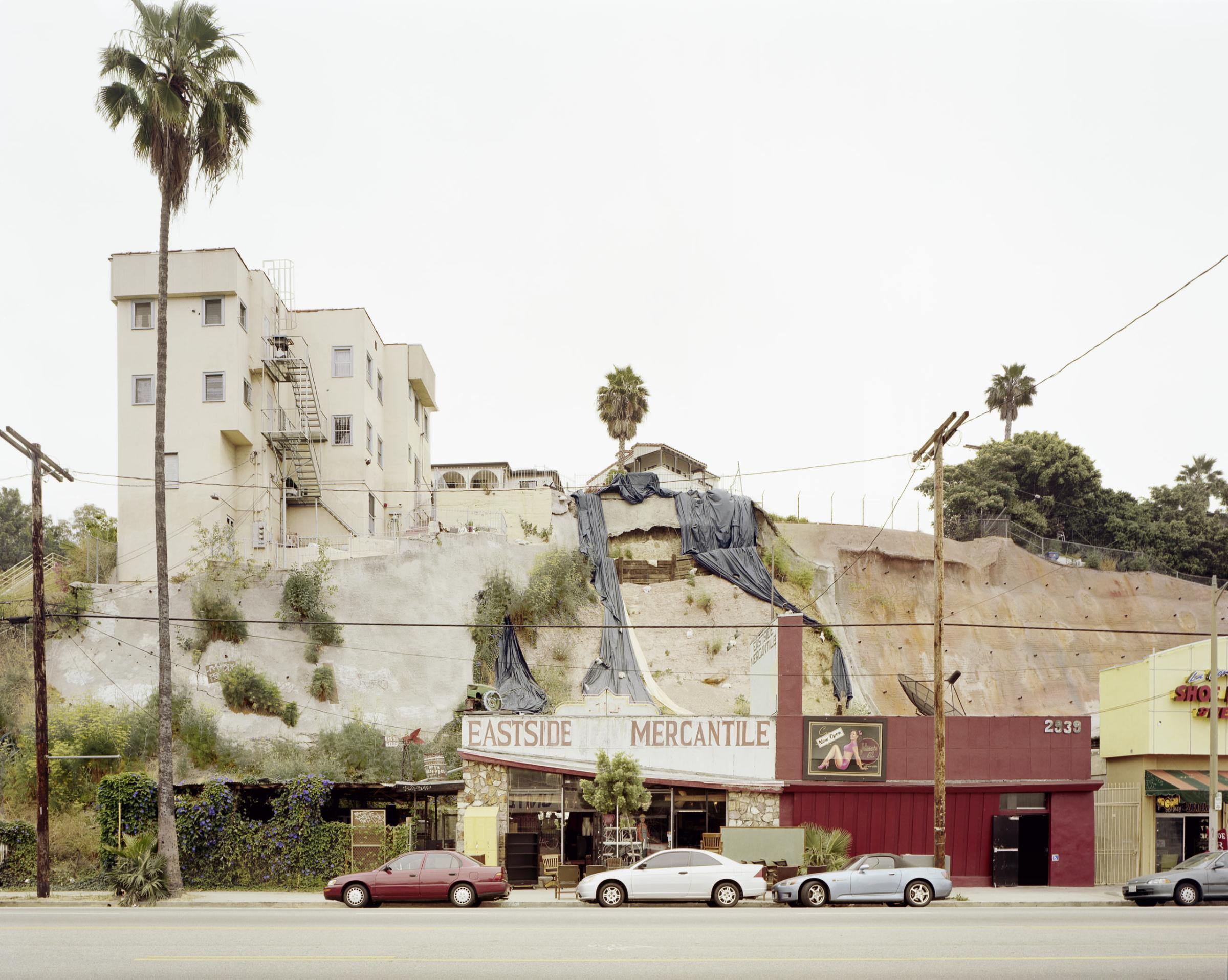
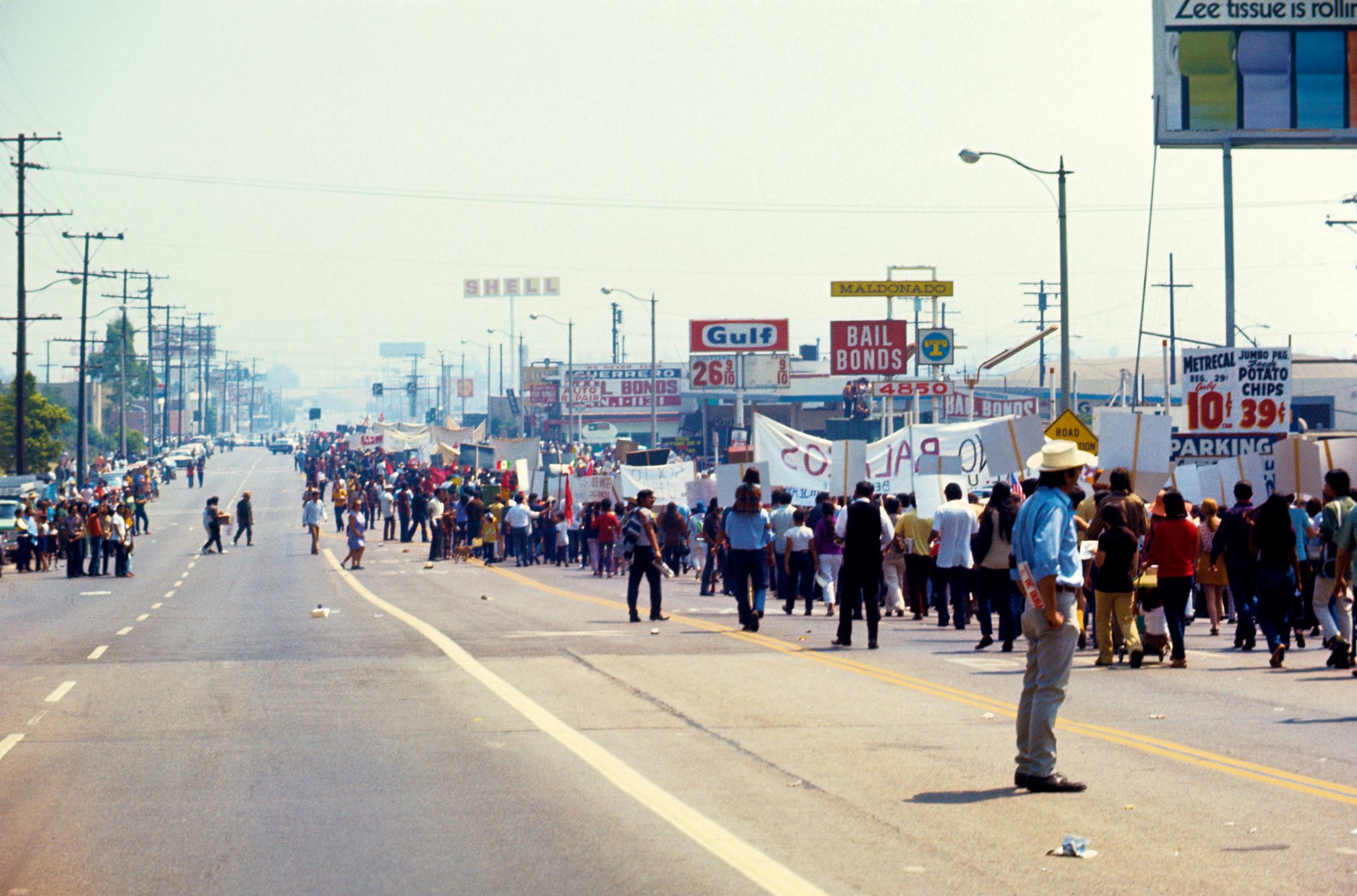
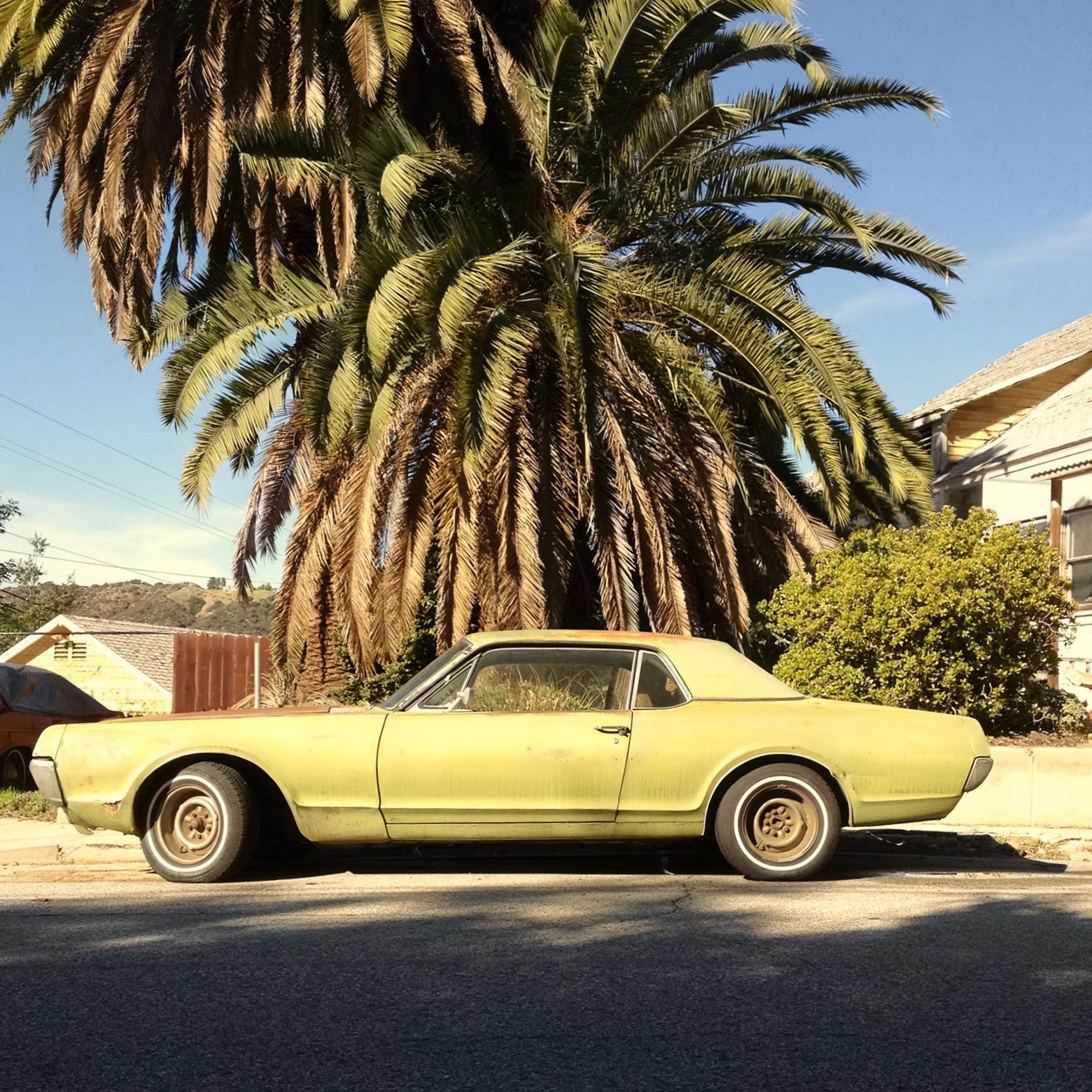
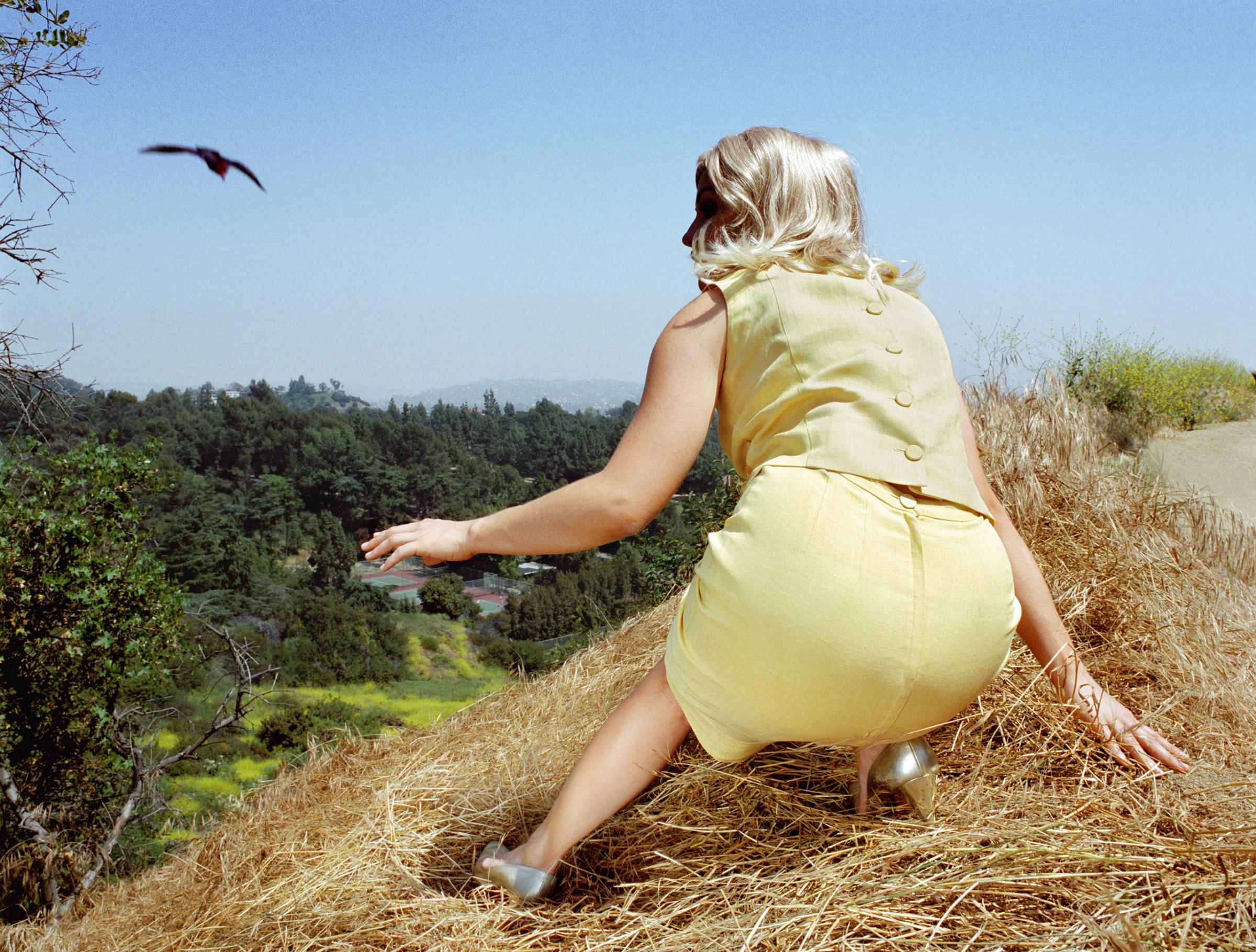

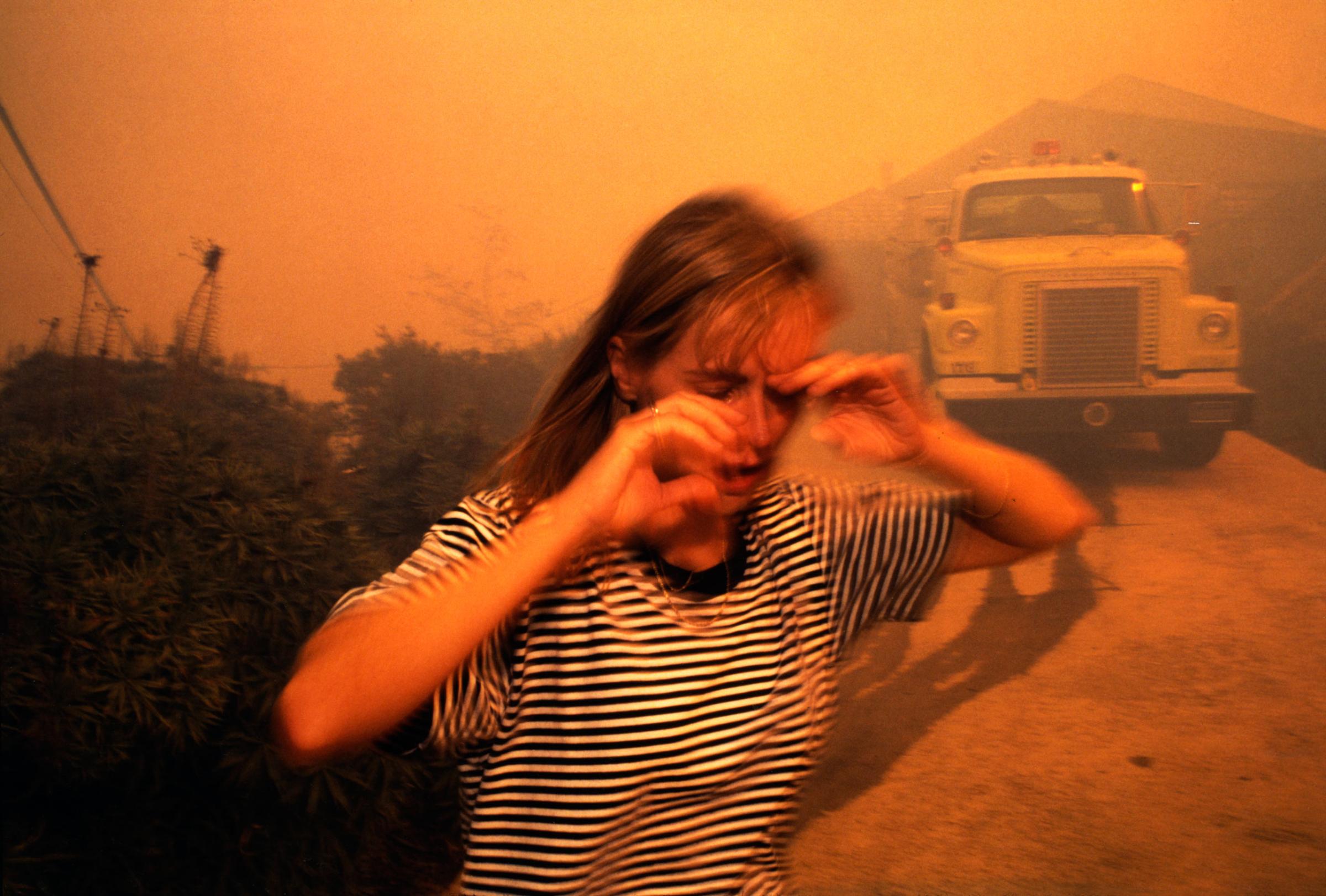
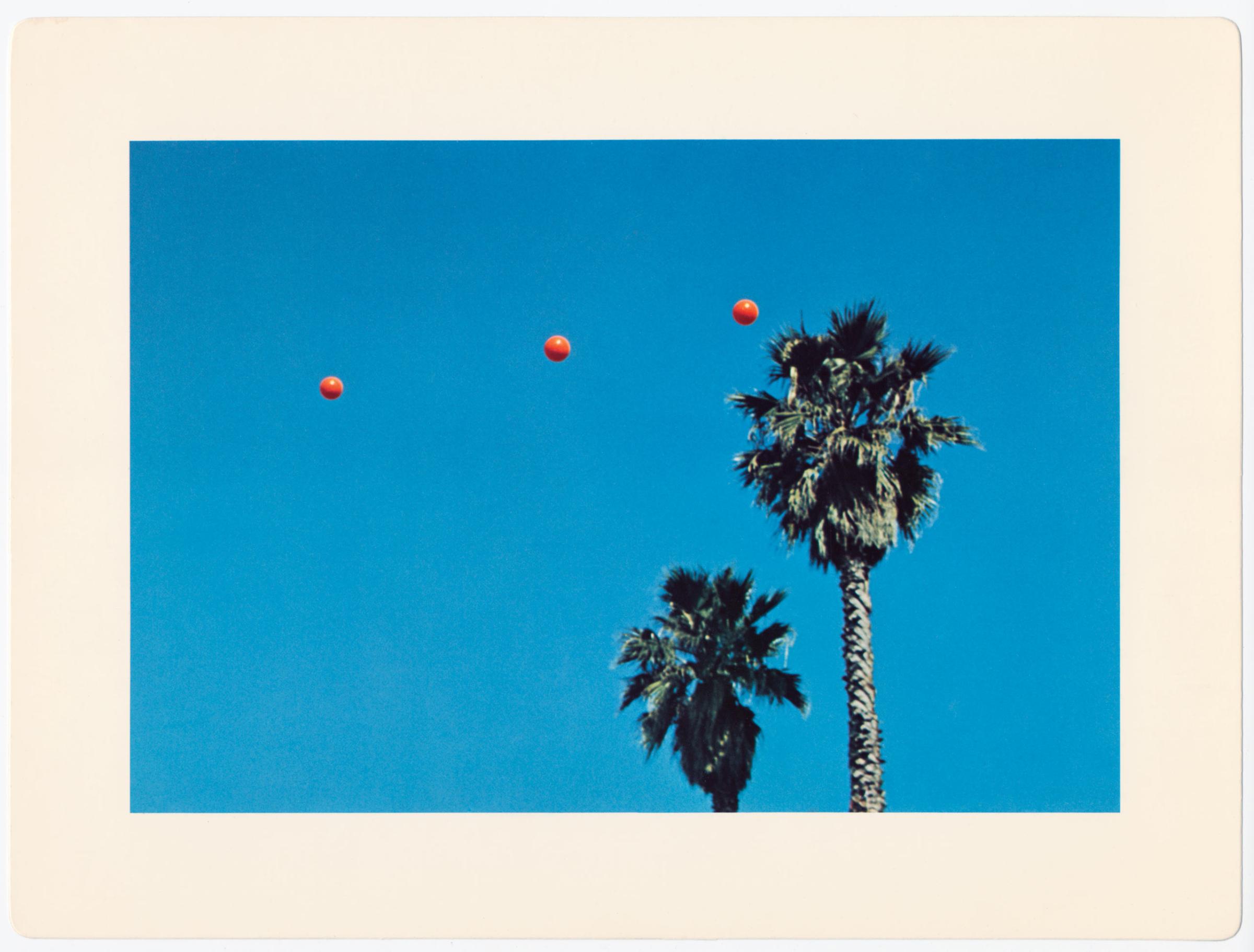

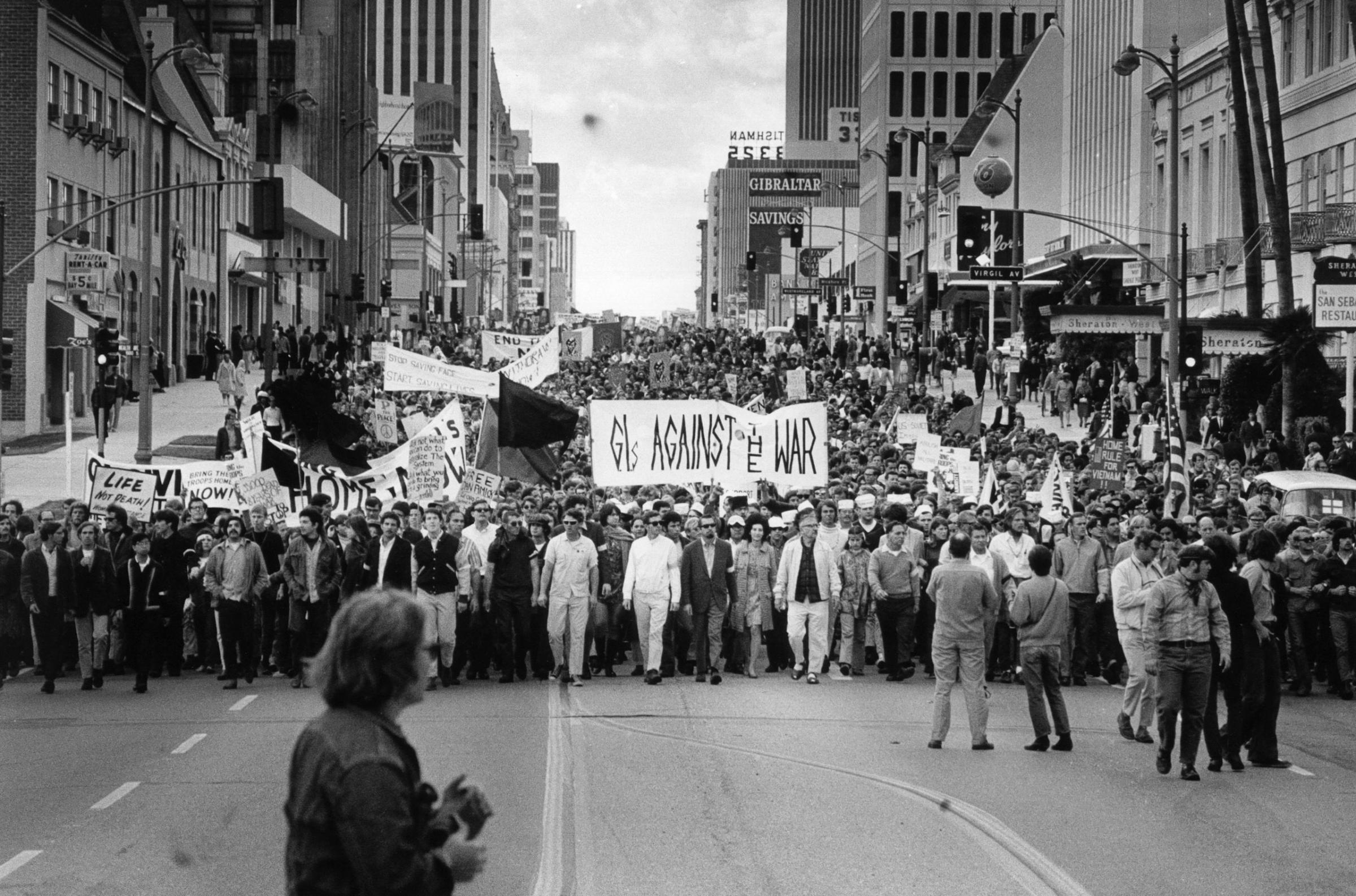
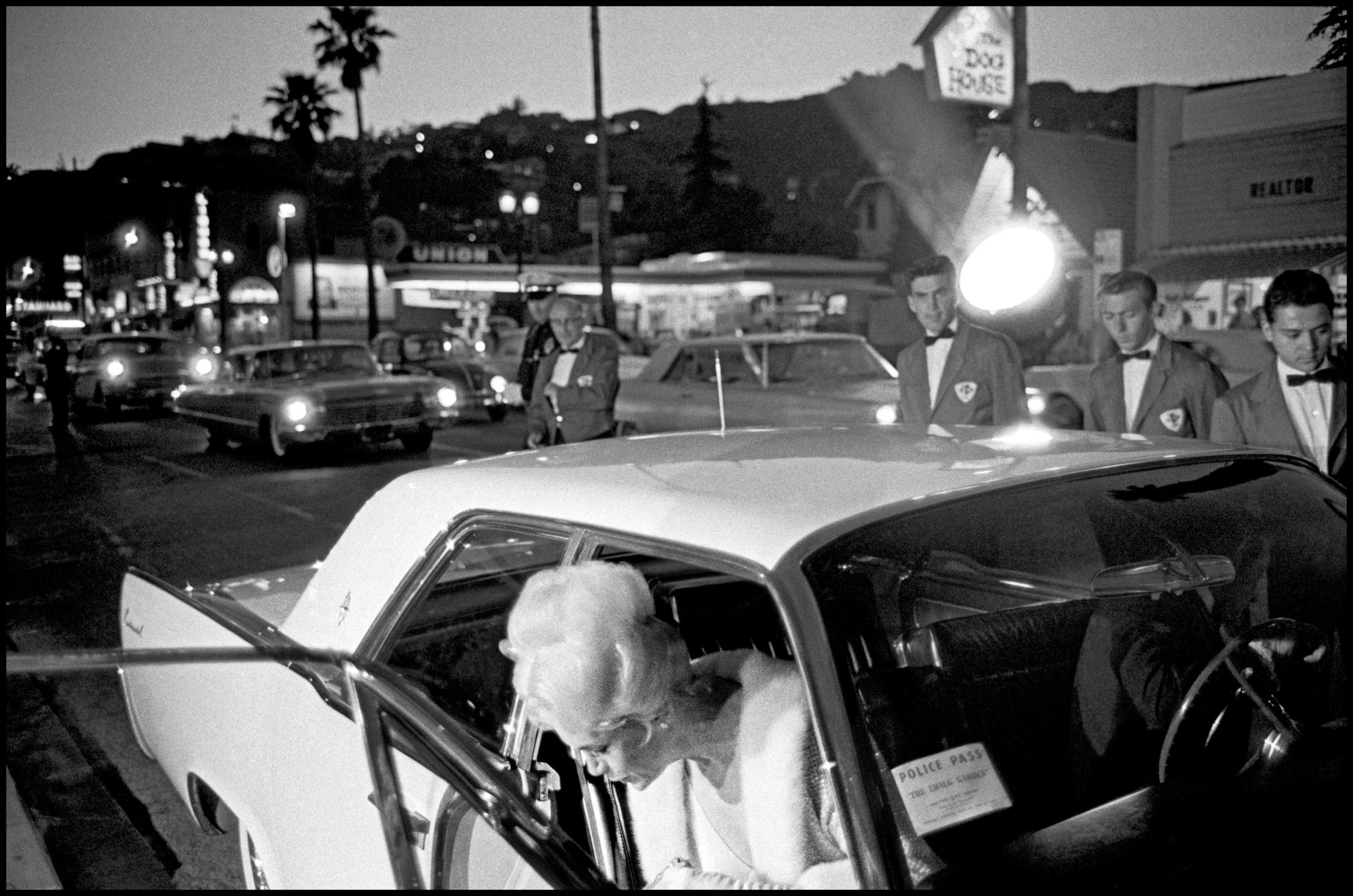

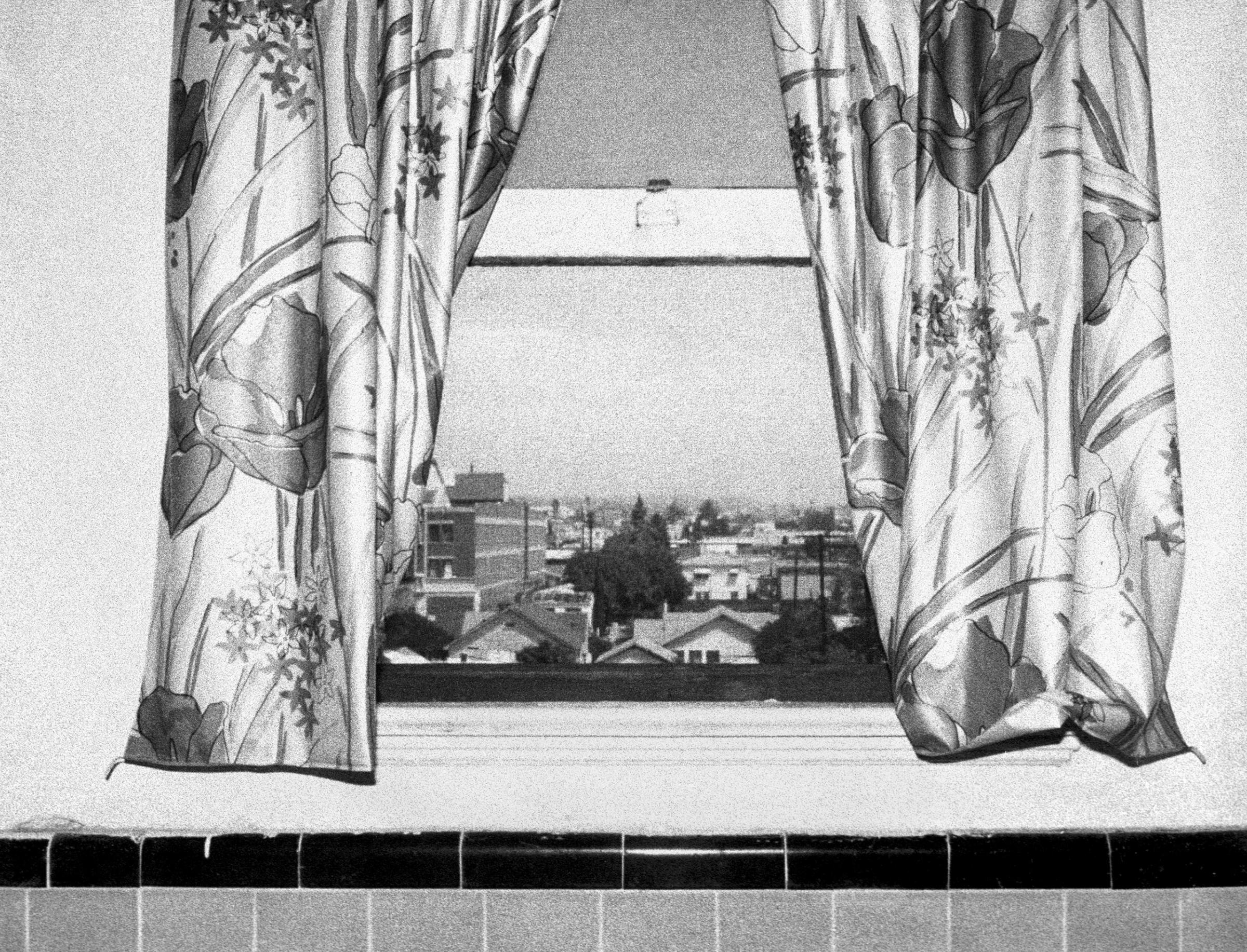
More Must-Reads from TIME
- Cybersecurity Experts Are Sounding the Alarm on DOGE
- Meet the 2025 Women of the Year
- The Harsh Truth About Disability Inclusion
- Why Do More Young Adults Have Cancer?
- Colman Domingo Leads With Radical Love
- How to Get Better at Doing Things Alone
- Michelle Zauner Stares Down the Darkness
Contact us at letters@time.com